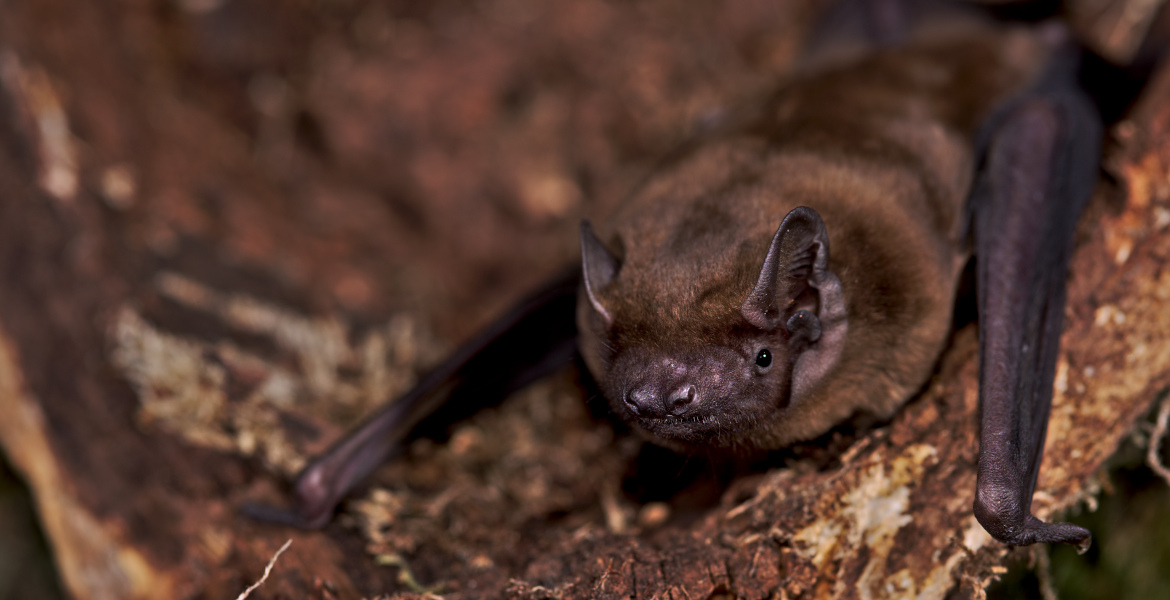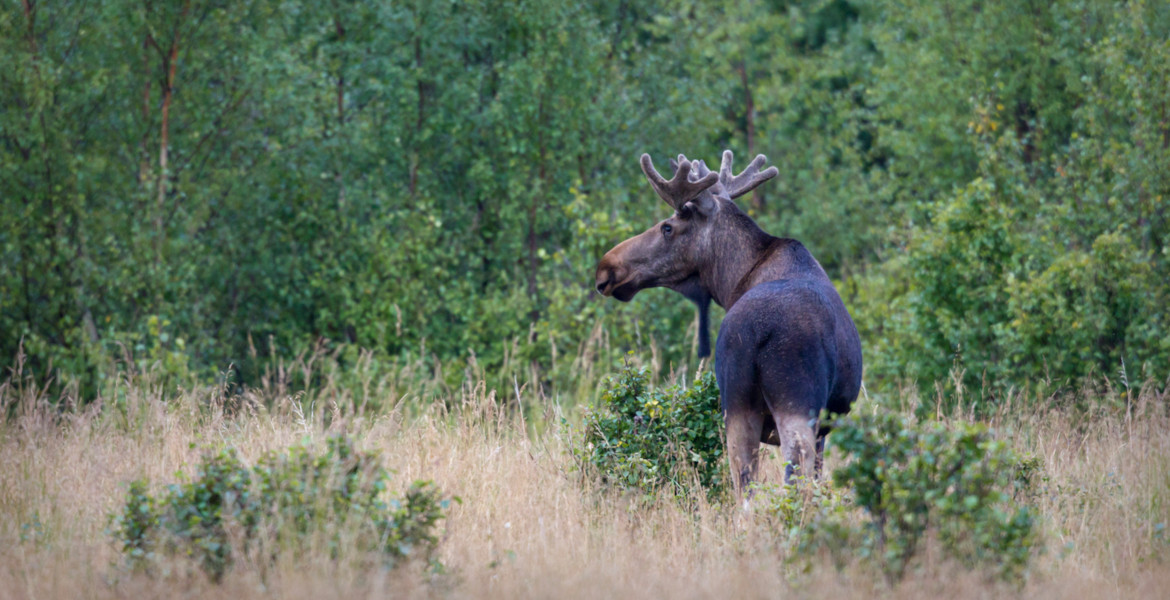Bats use the warm fronts of storms to "surf" as they migrate, research shows. This way, they use less energy and can fly longer distances.
The greater noctule bat is Sweden’s largest bat species, with a wingspan of 30 to 45 centimeters. The species also lives in Finland. Like birds, bats migrate thousands of kilometers annually across North America, Europe, and Africa. Now, researchers from the Max Planck Institute of Animal Behavior (MPI-AB) have studied 71 greater noctule bats during their approximately 1,600-kilometer-long spring migration across the European continent. Using sensors, the researchers were able to measure the bats' activity levels as well as the air temperatures in which they were flying.
The researchers discovered that the bats often paused during their flights but could travel as far as 400 kilometers in a single night – breaking the previous distance record for the species. The bats interrupted their migration flights with frequent stops, likely because they needed to feed continuously.
– Unlike migratory birds, bats don’t gain weight in preparation for migration, explains Dina Dechmann of MPI-AB, one of the authors of the study, in a press release. They need to refuel every night, so their migration has a hopping pattern rather than a straight shot.
Furthermore, an interesting pattern emerged in the bats’ migration. On some nights, more bats chose to fly than on others, which turned out to be weather-dependent. The bats began flying on nights when air pressure dropped and temperatures rose – in other words, when storms were approaching. The sensors on the transmitters measuring activity levels also showed that the bats used less energy when flying on these warm, windy nights. After further analysis, it became clear that the bats were using the warm winds during storms to "surf".
– They were riding storm fronts, using the support of warm tailwinds, says Edward Hurme, a researcher at MPI-AB. It was known that birds use wind support during migration, and now we see that bats do too.
The results of the study are important for the survival of bats, say researchers. Migrating bats are threatened by human activities, especially wind turbines which cause many collisions. Knowing where and when bats migrate can help prevent deaths.
– We can be stewards of bats, helping wind farms to turn off their turbines on nights when bats are streaming through, says Hurme.












